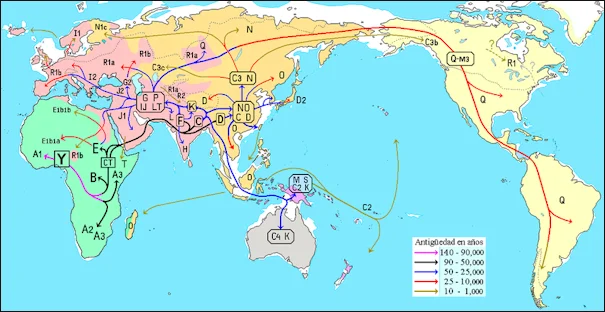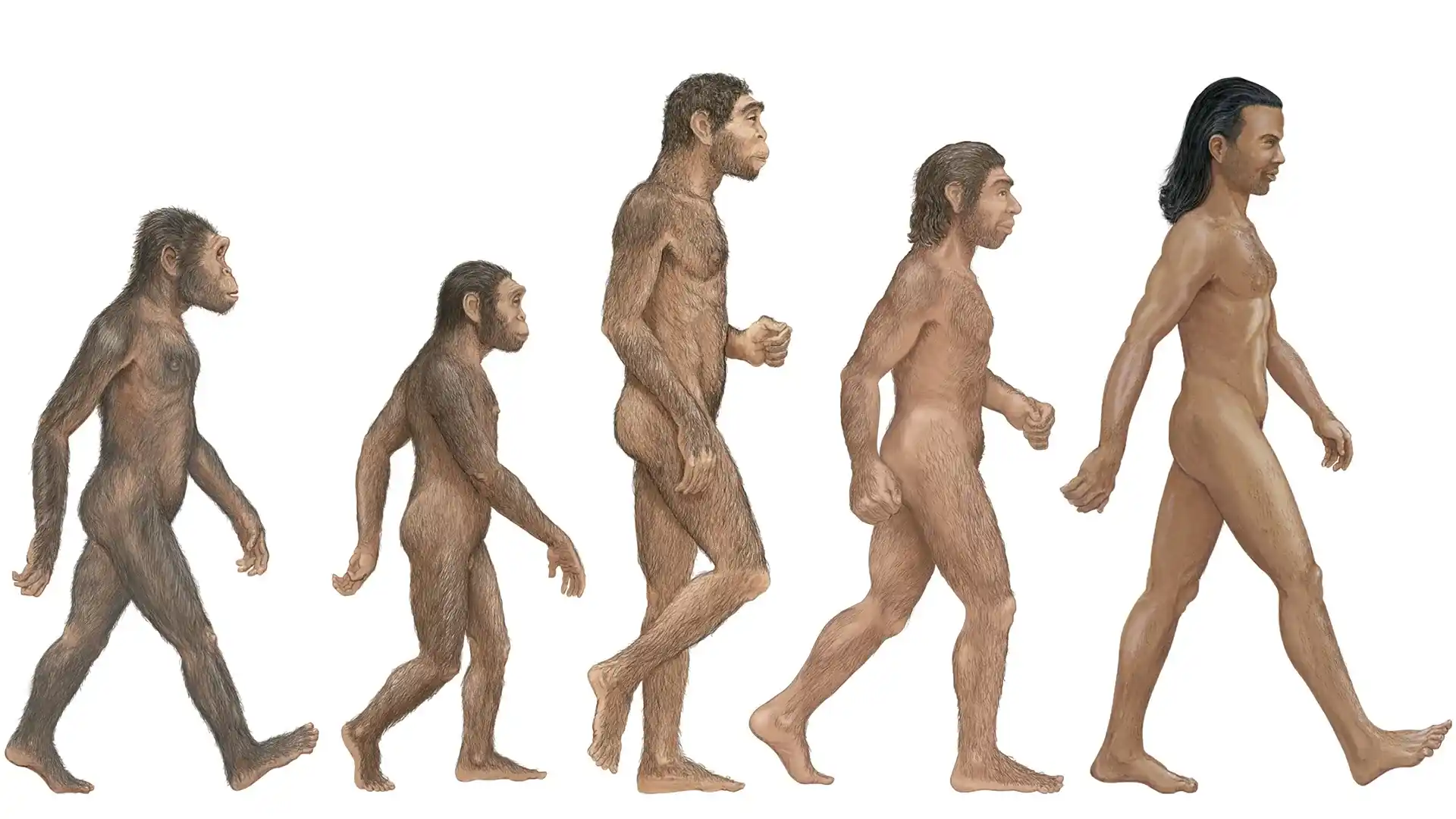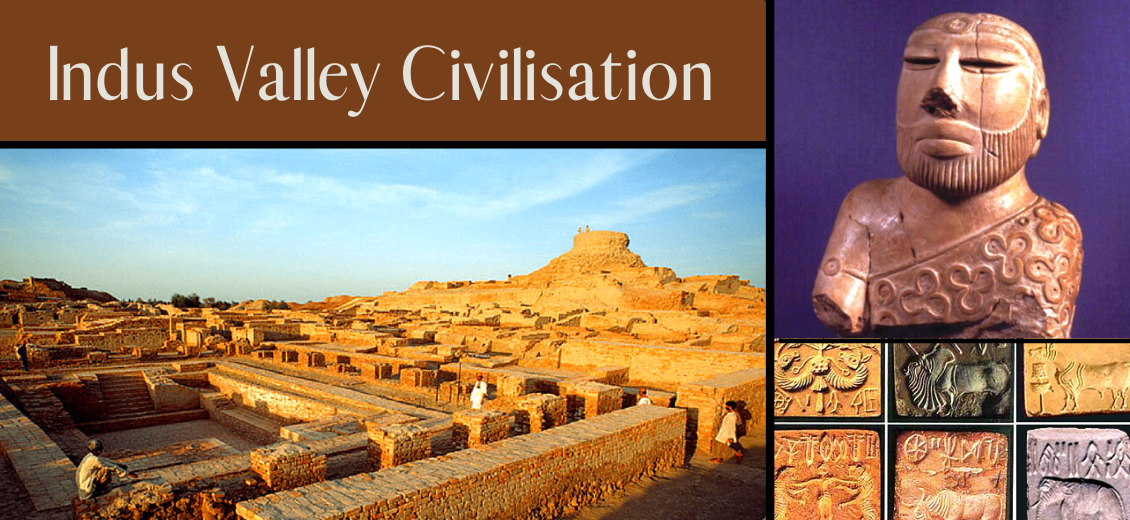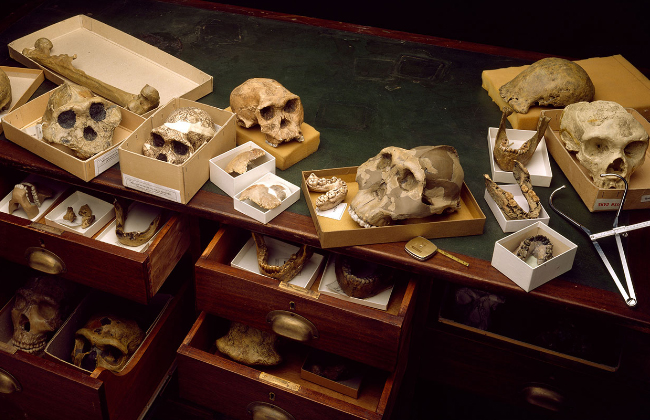Prehistoric Human Evolution: The story of human evolution is an extraordinary journey that spans millions of years. From our humble beginnings as small-brained primates to the dominant species that we are today, the process of human evolution has been shaped by numerous factors. In this article, we will delve into the fascinating world of prehistoric human evolution, exploring the key milestones and discoveries that have illuminated our understanding of our ancient ancestors.
The Dawn of Humanity:
The earliest stage of human evolution begins with the emergence of our ancestors in Africa. Around 7 million years ago, the first hominins, such as Sahelanthropus tchadensis and Ardipithecus ramidus, appeared on the scene. These early hominins exhibited a mixture of ape-like and human-like characteristics, walking on two legs but possessing small brains.
Australopithecus and the Emergence of Bipedalism:
Around 4 million years ago, a new genus called Australopithecus emerged. Australopithecus afarensis, famously known as “Lucy,” provided critical insights into the development of bipedalism. Lucy’s skeletal structure, discovered in Ethiopia, showed that these early hominins walked upright on two legs. This shift from quadrupedalism to bipedalism marked a significant milestone in human evolution, enabling our ancestors to explore new environments and adapt to changing landscapes.
The Genus Homo:
Approximately 2 million years ago, the genus Homo appeared, signifying the emergence of our own lineage. Homo habilis, the “handy man,” was the first member of this genus, known for their tool-making capabilities. This advancement in technology was a game-changer, allowing early humans to access new food sources and thrive in various habitats.
Homo erectus and the Migration out of Africa:

Homo erectus, which existed around 1.8 million years ago, played a pivotal role in human evolution. These early humans had larger brains, advanced tool-making skills, and were the first to migrate out of Africa, colonizing regions in Asia and Europe. Their ability to control fire further enhanced their survival strategies, providing warmth, protection, and facilitating the cooking of food.
Neanderthals and the Denisovans:
Neanderthals and Denisovans, close relatives of Homo sapiens, inhabited different regions of Europe and Asia. Through genetic studies, scientists have discovered that modern humans share a small percentage of their DNA with these ancient hominins, indicating interbreeding events between the species. This finding suggests complex interactions and potential cultural exchanges between our ancestors and these ancient relatives.
The Emergence of Homo sapiens:
The evolution of Homo sapiens, our modern human species, is a relatively recent development. Around 300,000 years ago, Homo sapiens appeared in Africa and eventually replaced other hominin species. This marked the beginning of our journey towards the cognitive, cultural, and technological advancements that have shaped our civilization.
The story of prehistoric human evolution is a remarkable testament to our ability to adapt, innovate, and thrive in changing environments. From our earliest bipedal ancestors to the emergence of Homo sapiens, each phase of human evolution has contributed to our unique characteristics and capabilities as a species. Through ongoing archaeological discoveries and advancements in genetic research, scientists continue to unravel the mysteries of our prehistoric past, shedding light on the fascinating journey that has led us to where we are today.
Read Also: Lost Cities and Civilizations
![]()






One thought on “Prehistoric Human Evolution”